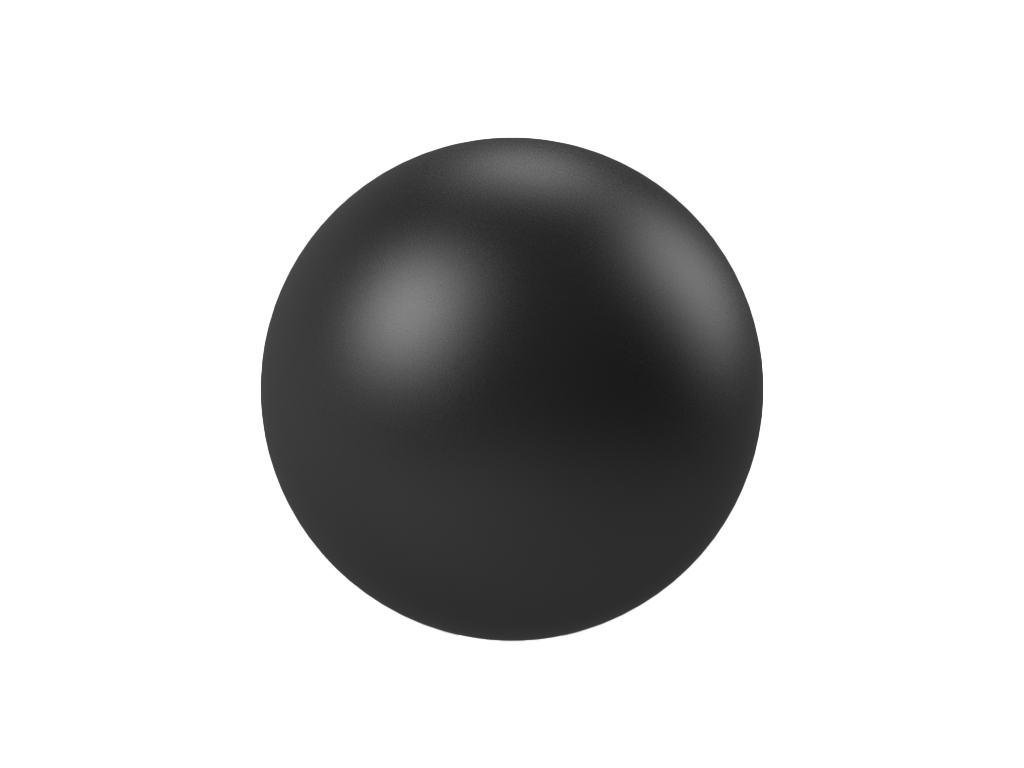What are rubber balls?

Our 3 different basic quality levels
1. spherically ground version / A-quality (precision quality).
This quality has the highest roundness (e.g. ∅ 6.0 -> 0.07mm) and no visible or palpable burr with a matt and absolutely uniform surface
2. lightly ground/overground finish / B-quality (often also referred to as trovalized).
This quality has very good roundness (e.g. ∅ 6.0 -> 0.10mm) and a barely noticeable burr(approx. 0.01×0.02mm) with a matte surface.
3. commercial version, unground / C-quality (cold deburred).
This quality has good roundness (e.g. ∅ 6.0 -> 0.12mm) and a more visible and noticeable parting ridge(approx. 0.1×0.08mm) with a surface similar to the mold.
More information can be found here.

Application
Rubber balls are used as sealing elements and tapping balls for cleaning screening systems. Due to their shape, they can be used universally, as they adapt optimally to the respective counterpart, for example the valve seat, without this having to be machined separately beforehand. For this reason, rubber balls can be found, among other things, in check valves as seals, in screening systems, as sieve drop balls or test specimens.Diameters available on the tool side in [mm], which can be sampled in the short term:
2.0 - 2.36 - 2.5 - 3.0 - 3.18 - 3.5 - 4.0 - 4.5 - 4.75 - 5.0 - 5.5 - 6.0 - 6.35 - 6.71 - 6.75 - 7.0 - 7.14 - 7.92 - 8.0 - 8.26 - 9.0 - 9.53 - 9.91 - 10.0 - 10.21 - 11.0 - 11.1 - 11.5 - 12.0 - 12.7 - 13.41 - 14.27 - 15.0 - 15.88 - 16.0 - 19.05 - 19.51 - 20.02 - 20.65 - 22.23 - 23.83 - 25.4 - 25.58 - 31.75 - 34.93 - 35.2 - 39.1 - 41.28 - 50.8 - 51.79 - 63.5 - 69.85


